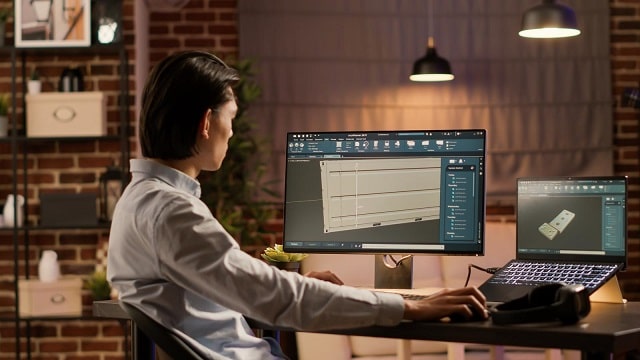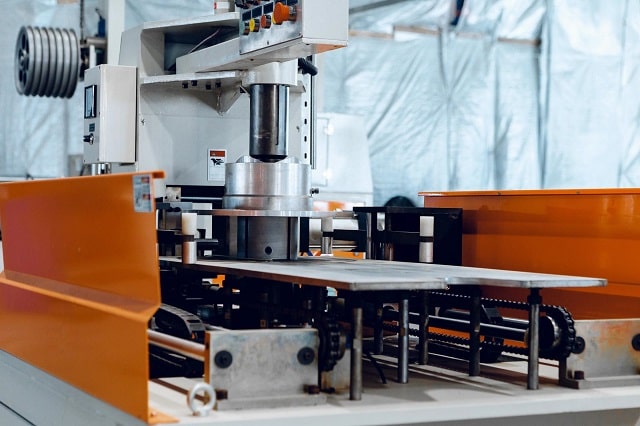The Original Equipment Manufacturer, or OEM, builds components that are used to produce a final product, and the OEM’s design engineers play a critical role in the successful manufacturing of that component. The client sends the drawings for the components and other considerations for manufacturing, and it is the responsibility of the OEM to deliver the components to the specifications required by the client.
OEM design engineers play a significant role in delivering the finished products, and engineers with outstanding technical knowledge, resources, and other skills are highly desired by clients and OEMs alike. The following sections enumerate and briefly explain the 9 key things OEM design engineers need to know.

Engineering design specifications are communicated through drawings, and can include information ranging from the name of the component to the most minute details. As such, OEM design engineers must be able to read and understand engineering drawings. Engineers have an additional advantage if they also possess the skills to produce engineering designs and intermediary drawings for designs.
OEM design engineers are tasked with the challenge of making design ideas a reality and are required to build the product with just a few drawings and specifications. A broad imagination may be required to envision what the design entails and to identify how the product can be manufactured. A good imagination and strong visualization skills are abilities all OEM design engineers must have, but both are hard to teach and the engineer is often required to have these skills innately.
Mechanics is the study of various forces on stationary bodies or bodies in motion. It studies the effect of forces and displacement on both objects and systems. OEM design engineers must be well versed in mechanics, as this knowledge allows engineers to judge the viability and constraints of a proposed design.
Engineering mechanics can broadly fall into one of two categories:
Mechanics is a vast area that OEM design engineers should have a good grasp of.
This is the study of the science and engineering capabilities of materials for manufacturing purposes. The materials used to build a product will depend upon the purpose and application of the final manufactured component. The environment in which the component operates also plays a significant role in the materials chosen for manufacturing components.
OEM design engineers should have knowledge of:
Engineers must also have an in-depth knowledge of the various materials to choose the most suitable for each application. Material science knowledge is crucial in making product designs a reality.

Various processes are used to manufacture a component or product, and OEM design engineers need to have extensive knowledge of those processes. This knowledge will help the engineers to choose the most suitable manufacturing process for each component. The core manufacturing processes every OEM design engineer should know are:
The OEM engineer should also have knowledge of assembling components to form the final product. Assembly is the step that follows manufacturing, which OEM design engineers should also consider in the design phase.
GD&T stands for geometric dimensioning and tolerances. Manufactured parts must work well together in order to form a useful assembly, but the geometric dimensioning in the engineering drawing will only outline the details of an individual part, and not how these individual parts fit or function at the assembly level. GD&T is required to guarantee the parts will fit and function at the assembly level, and OEM design engineers must therefore understand this system of dimensioning and tolerancing to manufacture components that work well.
Any manufacturing or design process in today’s industrial world relies heavily on the use of computers and computer-aided design (CAD). OEM design engineers need to be well-versed with both 2D and 3D design software to read and draw CAD-based designs. Some of the prominent design software solutions OEM design engineers need to be familiar with are:
An OEM design engineer isn’t required to be an expert in all the software on the market, but they must be proficient with the software most widely used in their niche.
The profit generated by a company is the difference between revenue and cost, and manufacturers can increase their profits by either increasing revenue or by reducing costs. OEM design engineers can help increase the company’s profit or bottom line by reducing the various costs involved in the manufacturing process:
OEM design engineers should be able to estimate cost based on the design and use their ingenuity to reduce costs without making compromises. Delivering more for less is one of the core mandates for an OEM design engineer.
OEM design engineers have to work with various stakeholders in the manufacturing process. These stakeholders can include management, clients, suppliers, vendors, end-users, shareholders, communities and other employees.
Anyone working with multiple stakeholders needs soft skills to interact and work with the various stakeholders without causing any friction between them. With this in mind, OEM design engineers should have or develop soft skills such as communication, analytical capabilities, and leadership qualities. Mastering these skills can help them to become better engineers.
OEM design engineers play a pivotal role in the successful manufacturing and assembly of components. They need to have a wide range of knowledge and skills to manufacture products according to the specifications demanded by clients. Engineers lacking any of the skills mentioned above should take the initiative to develop these skills and further excel in their role.
Our sales engineers are experts in automatic asset tracking, tagging and identification,a nd can answer all your questions. Get in touch now.
Lets Talk ›